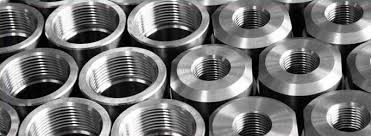When they need an industrial cleaning solvent, organizations naturally tend to focus on the quality of a cleaner and not the quality of the supplier. After all, it’s the supplier’s products and not the supplier that performs the cleaning. While this is true, it’s also...








